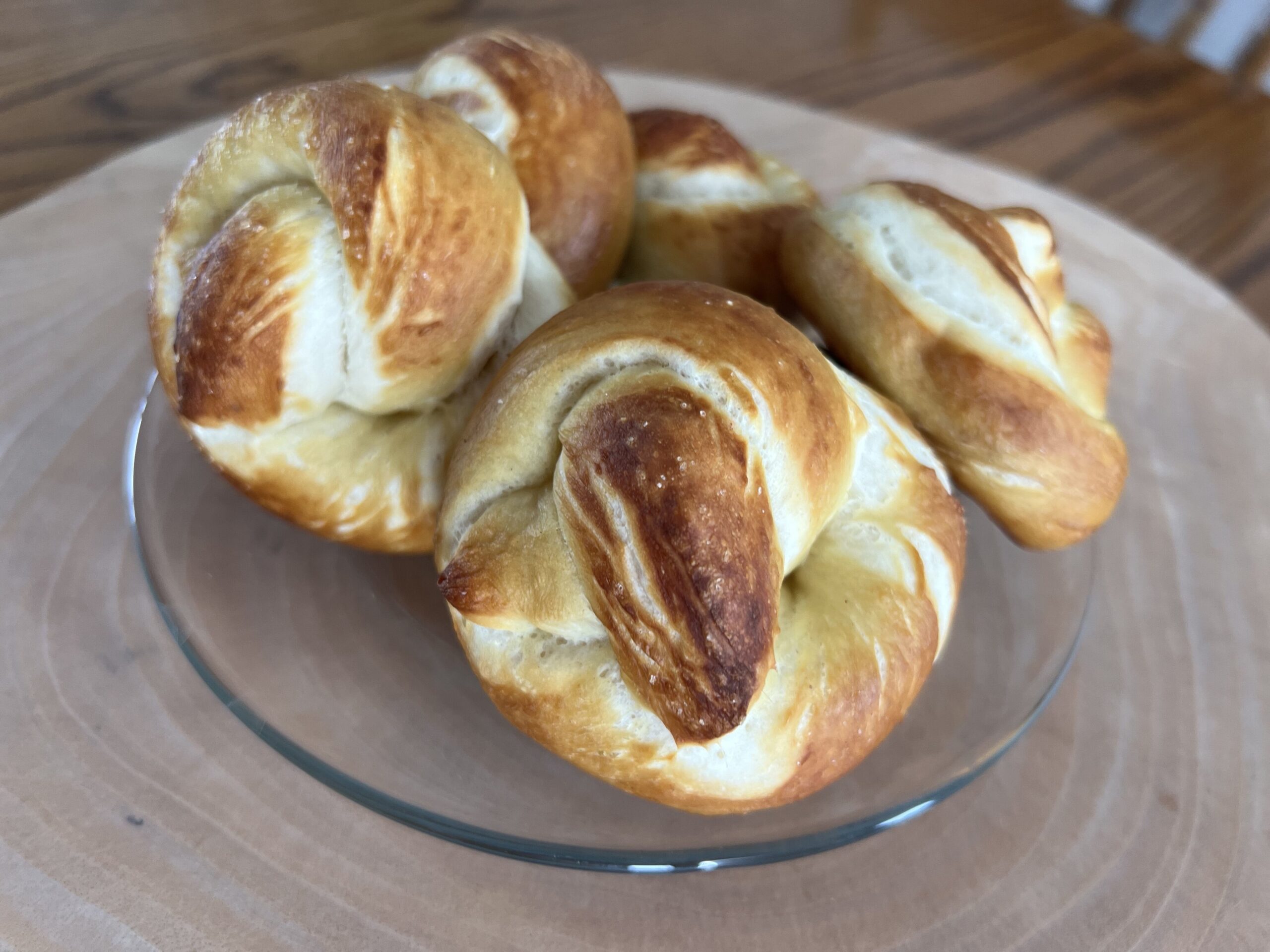If you aren’t accustomed to thinking about food in the form of natural eating, no chemicals, and no refined or processed foods, then it really can be overwhelming. I often sit down and start reading a book or an article and I have to stop and take a deep breath. There is so much information to digest, and at times I just don’t feel like I can do it all. I’m here to tell you that you don’t have to do it all. As I said in a previous post, choose something that you can change today, and start there.
With that said, I’d like to address the topic of soaking grains. Jessie touched on this in her post about Nourishing Traditions, and I’d like to expound on it.
Sally Fallon explains why she believes soaking is important in her book:
“All grains contain phytic acid (an organic acid in which phosphorus is bound) in the outer layer or bran. Untreated phytic acid can combine with calcium, magnesium, copper, iron and especially zinc in the intestinal tract and block their absorption.”
— Nourishing Traditions (p. 452)
Phytic acid, as purported in Nourishing Traditions, keeps us from absorbing all of the many minerals that we should be getting from our grains. According to Fallon, by adding in soaking, we can greatly increase our absorption of these minerals and get the most out of our grains.
There are vast extremes in the world of soaking. Some suggest soaking and fermenting for days (Sally Fallon), others say that a water soak overnight is sufficient to significantly reduce the phytic acid in most grains (www.phyticacid.org). There is a lot of science behind it, and many studies have been done with varying results. The phytase/phytate/phytic acid debate is a big one right now, and I have come to my own conclusions. One article I really liked was by Sue Beckers (thebreadbeckers.com). She talks in length about soaking and sprouting and the role of phytase and phytic acid:
“Phytase activity in the small intestine actually increased, not decreased, the absorption of minerals, especially, calcium. (Journal of Nutrition 2000:130: 2020-2025). Over the years we have seen numerous people healed of life long anemia issues after they began grinding their own grains to make their bread. How could this be if phytic acid in the bran kept iron from being absorbed?”
Probably one of the best resources I found was on Kitchen Stewardship. She has found more information than I could have dreamed, and put it all nicely into one place where I could sit and read it all. If you’re feeling ambitious, and are really interested in this topic, check out her posts: http://www.kitchenstewardship.com/seriescarnivals/soaking-grains-an-exploration/.
There are a lot of things that we should be doing that will help our bodies feel better and be more efficient. Soaking grains is something that, with a little bit of planning, won’t take much time out of your regular routine if you choose to implement it.
Here are the basics:
1. Place grains in a bowl with equal parts moisture (water, milk, almond milk, etc.)
2. You may add some kefir, yogurt, lemon juice, whey, vinegar, etc. if you wish. Sally Fallon recommends doing so, to encourage fermentation.
3. Cover with a dishtowel and place on the counter to sit overnight. You can soak grains for as little as two hours if you forget to sit it out the night before.
4. Drain and rinse the grains in the morning and cook. The cooking time will decrease, as soaked grains don’t take as long to cook. For example, if steel cut oats aren’t soaked, they can take 20-30 minutes to cook, but soaking them will reduce cooking time to about 10-15 minutes, depending on the texture you like. This is the one benefit I see that is practical and helps me as a busy mom.
Once you start soaking, it will become habit. It’s pretty simple to get out your grains and stick them in a bowl with warm water before you go to bed.
I am not an expert; I do my own research and make decisions from there on what I feel is right for my family. There are always going to be “new” and “right” things to do, especially in the age of the Internet. Listen to your own body. Everyone is different, and some may be able to digest and process grains more efficiently than others. Soaking is one way to help aid digestion that works for me with certain grains. I have found that soaking works best for me with legumes, steel cut oats, and all of my nuts (which I then slow roast to make them crispy). I feel bloated and cramp up if I don’t soak nuts. See what works for you. I personally don’t feel that soaking grains is crucial and is one thing that can add more stress. If you try it and you notice a change, that is great. Like I said, I can definitely tell a major difference when soaking and slow roasting my nuts as opposed to eating them raw.
The main point I want to make is this: one person doesn’t have all of the answers. Some research is outdated. Don’t let one comment scare you into thinking that you are ruining your family’s health by not soaking your grains. If it’s important to you, do some reading on the topic. You will ease your fears and feel much better making an informed decision. For me, I will soak my nuts and if I remember, my steel cut oats to cut down cooking time in the morning. Other than that, I’m not going to stress about it.







Comments +